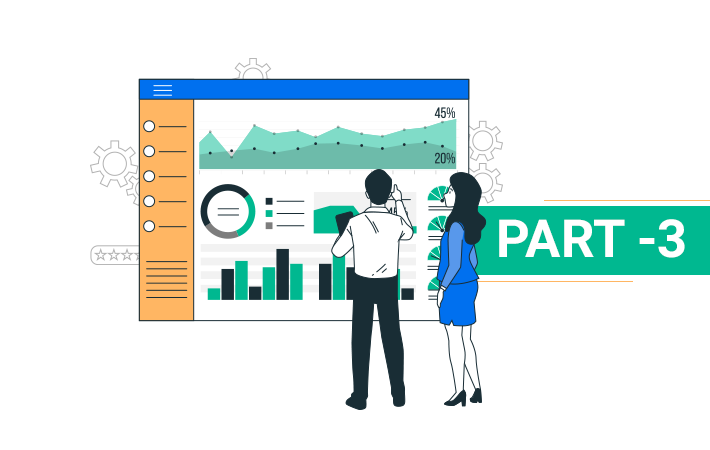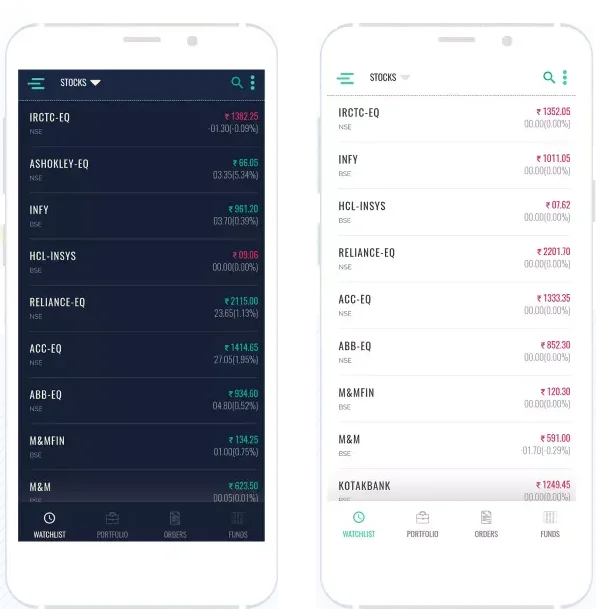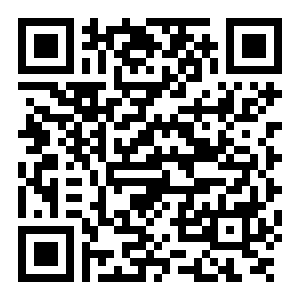Ratio Analysis (Part-3)

Financial risk ratios
Financial risk ratios help understand the capital structure of a company. The composition of debt in the capital can make or break a company. If the debt obligations of the company are not met it can result in bankruptcy. These ratios help in understanding the debt levels of the company and the capacity of the company to service it. Also, interest on debt can impact the profits of the company resulting in lower returns to shareholders.
- Debt equity ratio- This ratio compares the total long-term funds used against the total shareholder’s fund. Debt means borrowings by the company for business. A company with a high debt-equity ratio is risky as it has to generate enough profits to service the debt and repay it. A debt-equity ratio of 1:2 is safe but a debt-equity of 3:1 can pose a risk. Debt equity ratio = average total long-term debt/average total shareholder’s funds.
| Mar-20 | Mar-21 | Average | |
| Borrowings | 58 | 64 | 61 |
| Equity capital (a) | 22 | 22 | 22 |
| Reserves (b) | 67 | 64 | 65.5 |
| Net worth (a) + (b) | 89 | 86 | 87.5 |
| Debt to equity = 61/87.5 | 0.70 | ||
| Industry leader | 0.20 | ||
Interpretation: The debt-equity ratio is quite high compared to the industry leader. The debt-equity at 0.70 is not alarming.
- Debt to total liabilities- This is a structural ratio that measures the composition of debt within the total liabilities and is expressed in per cent. It gives an idea about the percentage of debt to the total liabilities. Higher the debt composition higher the risk.
Debt to total liabilities = average total debt (long-term + short-term)/average total liabilities
| Mar-20 | Mar-21 | Average | |
| Borrowings | 58 | 64 | 61 |
| Total liabilities | 193 | 192 | 193 |
| Debt to total liabilities = 61/193 % | 31.69 | ||
| Industry leader | 13.00 | ||
Interpretation: The per cent composition of debt to total liabilities is 31.69 which is not very risky. But it is quite high as compared to the industry leader.
- Current ratio- This ratio measures the liquidity position of the company. Liquidity is the ability of the company to pay off its current liabilities when they become due. The larger the ratio better is the liquidity position of the company. Current assets include inventory, debtors and other receivables and cash. While current liabilities include, trade payables, advances from customers and other payables by the company. The benchmark for a current ratio is 2. However, one needs to understand the typicality of the company and the sector within which the company operates before mechanically applying the ratio. A company in the service sector will have no inventories and therefore it will have a higher current ratio.
Current assets to current liabilities = average total current assets/average total current liabilities
| Mar-20 | Mar-21 | Average | |
| Current Assets(E) | 150 | 144 | 147 |
| Current Liabilities (D) | 46 | 44 | 45 |
| Current ratio =147/45 | 3.27 | ||
| Industry leader | 2.70 | ||
Interpretation: The current ratio at 3.27 looks pretty good as compared to the industry leaders at 2.70. Larger current assets give comfort. But one must understand that the company needs to speed up its sales and collection so that more cash is generated.
- Quick ratio- This ratio is also known as the acid test ratio is a derivative of the current ratio but it excludes those assets like inventory, and non-marketable securities as these assets are not quickly convertible into cash. This ratio assesses the immediate or quick capacity to pay the liabilities.
Quick ratio = average quick assets (cash + marketable securities + receivables)/average current liabilities.
| Mar-20 | Mar-21 | Average | |
| Current Assets(E) | 150 | 144 | 147 |
| less: Inventories | 50 | 46 | 48 |
| Quick assets | 100 | 98 | 99 |
| Current Liabilities (D) | 46 | 44 | 45 |
| Quick ratio =99/45 | 2.20 | ||
| Industry leader | 1.54 | ||
Interpretation: The quick ratio at 2.2 looks comforting as compared to the industry leaders at 2.70.
- Working capital- This is not a ratio in the real sense. It is the excess of current assets minus current liabilities. Larger the difference better the ability to pay off the liabilities. Any stress on working capital will have to be supplemented by borrowings. Again, the working capital requirement is dependent on the nature of the business, the credit period is given to customers, level of inventory, competition and line of credit etc.
Working capital = average current assets – average current liabilities
| Mar-20 | Mar-21 | Average | |
| Current assets | 150 | 144 | 147 |
| Current liabilities | 46 | 44 | 45 |
| Working capital = 147-45 | 102.00 | ||
| Industry leader | 558.50 | ||
Interpretation: In all of the above ratios like current ratios quick ratios and working capital ratios, one has to understand that the current assets give comfort, however, the current assets if not converted into cash will result in liquidity stress and the company may have to resort to borrowings.
- Interest coverage ratio- this ratio calculated the ability of a company to pay interest on its borrowings. The ratio is expressed in times.
Interest coverage = net income before interest and taxes/ interest expense
Interest coverage means the profits that remain after deducting all expenses except interest and taxes. Higher interest coverage shows that the company is well levered and earns well to take care of the interest. A lower coverage means a risk of default is high.
| Mar-17 | Mar-18 | Mar-19 | Mar-20 | Mar-21 | |
| Operating profit (a) | 21 | 16 | 20 | 17 | 13 |
| Depreciation (b) | 5 | 5 | 5 | 5 | 4 |
| PBIT (a-b) | 16 | 11 | 15 | 12 | 9 |
| Interest cost (d) | 10 | 10 | 7 | 7 | 5 |
| Interest coverage (a-b)/(d) | 1.6 | 1.10 | 2.14 | 1.71 | 1.80 |
| Industry leader | 8.47 | 6.69 | 5.23 | 5.23 | 20.54 |
Interpretation: The interest coverage is quite comfortable at 1.8. This means almost profits are 1.8 times the interest cost and there is no problem as such. The industry leader has a much better coverage as he has reduced his borrowings substantially and consequently the interest also has reduced.
On a concluding note, the company under our consideration needs to improve its collection and also convert its inventory into sales. While it pays off its creditors faster, it is unable to collect from the debtors. It is dependent on borrowing due to this practice.


How Would You Rate This Chapter?
Next
Comments (0)